Tool 6: The Internalisation Center Non-commercial Partnership European-Russian InnoPartnership

The idea behind “The Internalisation Center” was to develop the cultural and creative industries in the Baltic Sea Region. This was done by introducing digital technologies, including virtual and augmented reality (VR/AR). The Center’s activities will make a significant contribution to the development of the digital economy and information technologies in St. Petersburg and the whole Baltic Sea Region. The activities will support the development of CCI, which are directly related to both VR/AR use and products created with the use of VR/AR technology in CCI.
The Internalisation Center in figures
- 2 events
- 1 competition
- 2 innovative technologies
- 6 winners
- 22 profile speakers
- Over 200 online and offline participants
- 9 jury members
Aim and Target Group
The main aim of The Internalisation Center activities was to provide representatives in the traditional creative industries with a tool in the form of knowledge and skills. This allowed the participants to develop creative projects using digital technologies improve the competitiveness of their products and find new outlet markets by introducing innovative technologies such as VR/AR promote creative projects on the market
The target group included leading industry experts, students with an interest in technologies and specialists wishing to learn about new VR/AR projects, meet developers and find new projects. Furthermore, individuals from CCI including the creative, cultural, gaming, digital and educational industries, were asked to participate.
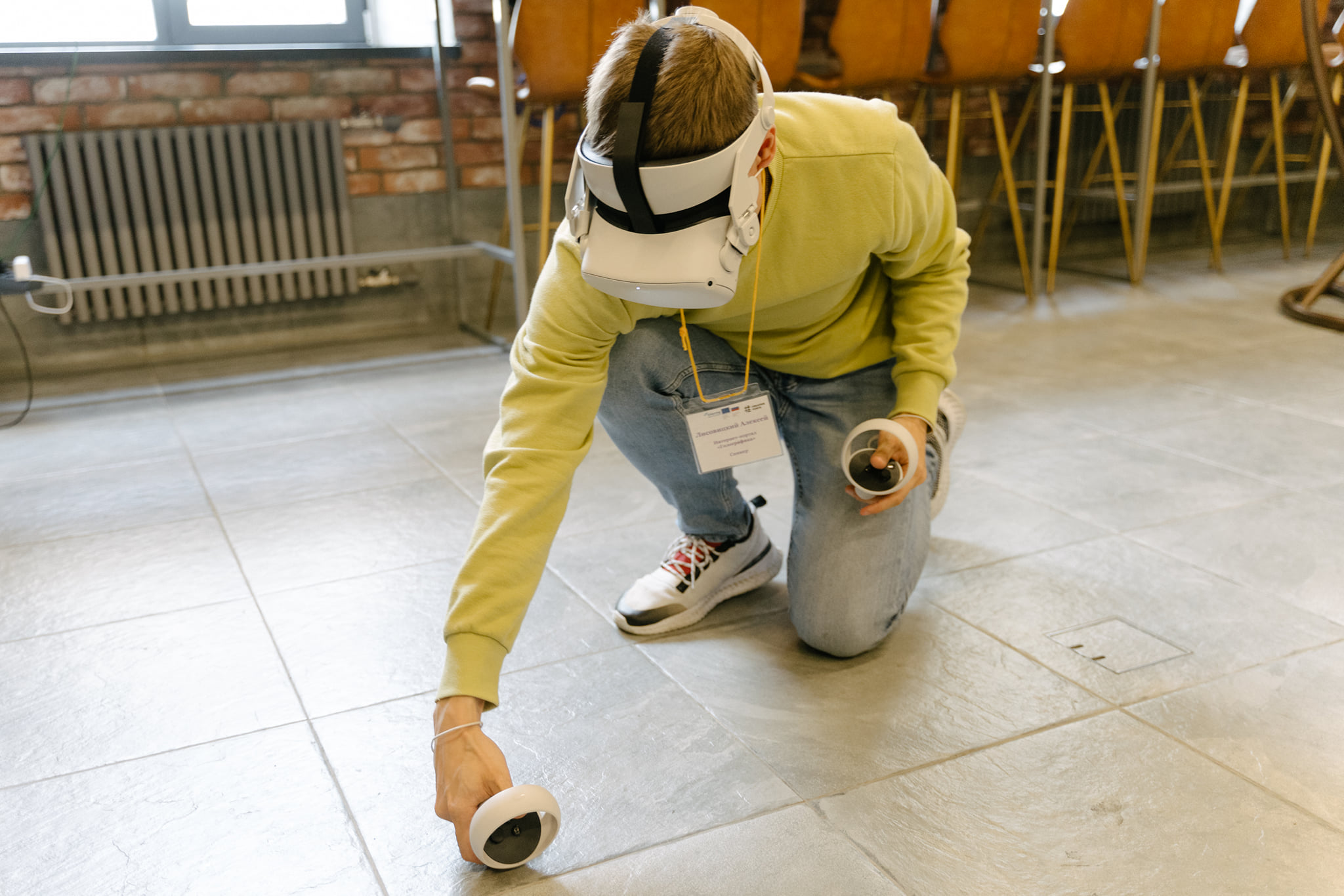
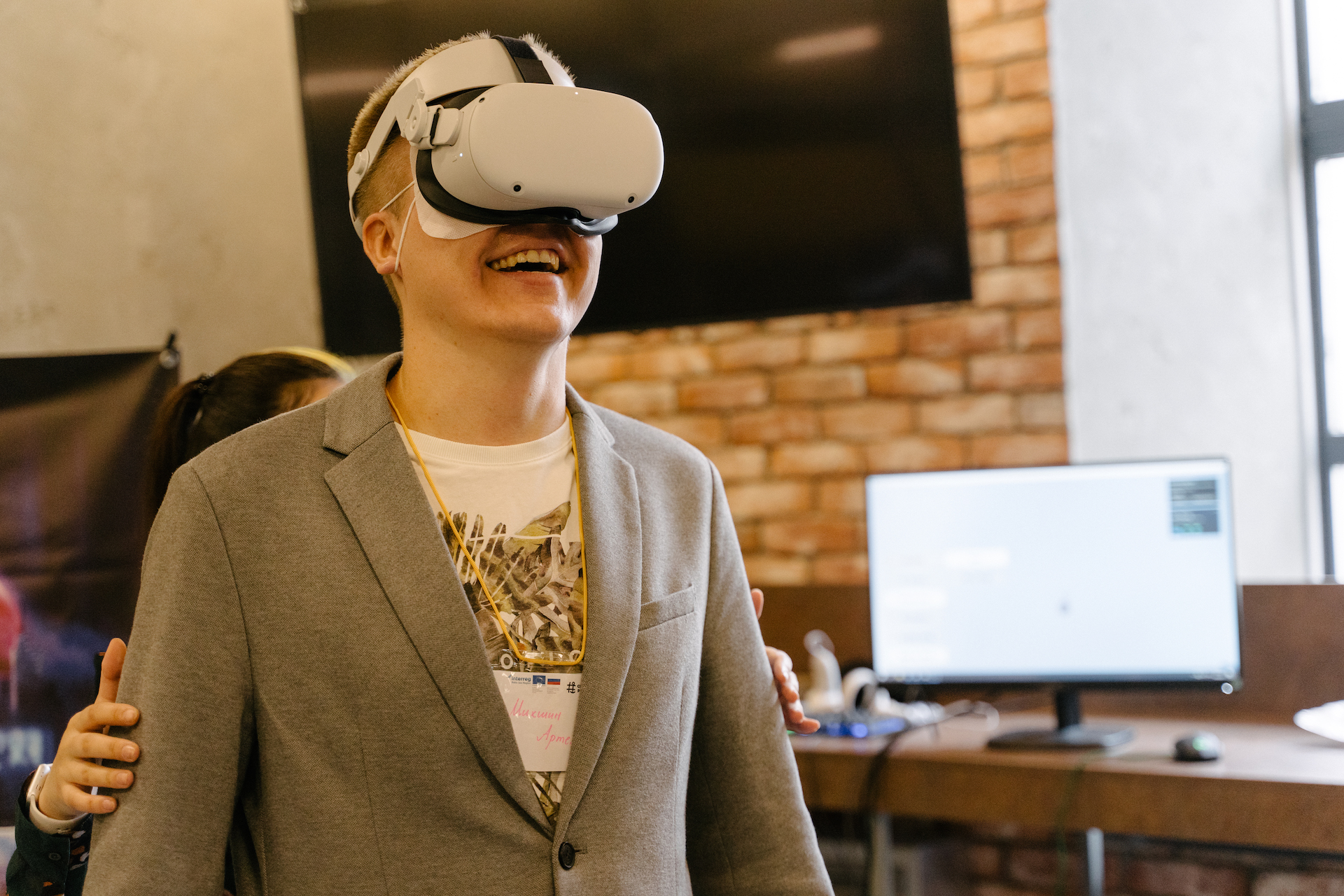
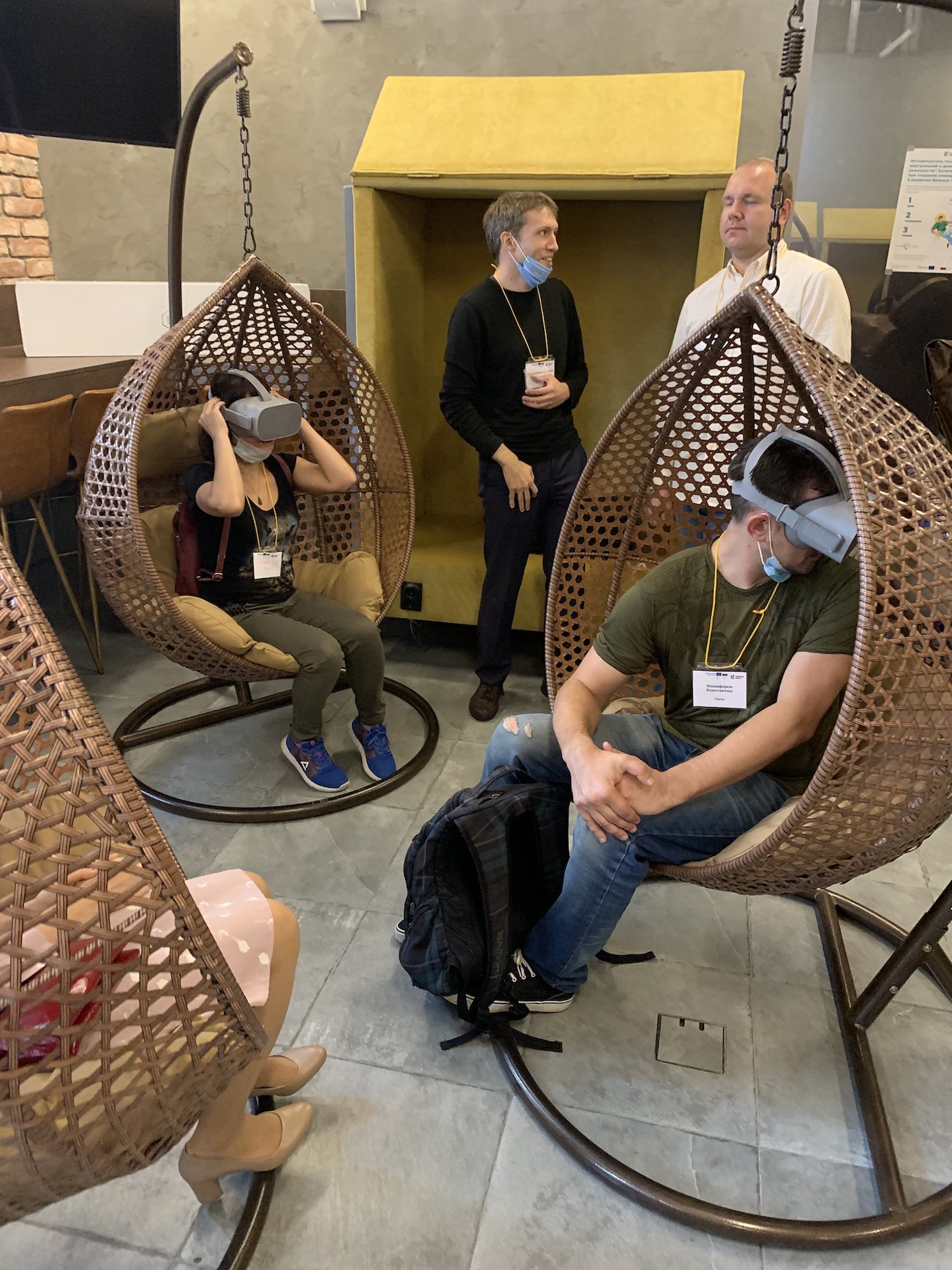
The Program
The Internalisation Center activities were implemented in 3 steps:
1. Training course
The first step was a four-day training course, Fundamentals of Entrepreneurship in the Creative Economy. It took place on October 19-22, 2020. Participants wanting to start their own creative business had the opportunity to gain the necessary theoretical and practical knowledge. During the training days, the participants attended seminars, creative master classes and performed independent work to consolidate the material received.
The following issues were discussed: how to register a business, what taxes to pay, where to get subsidies and grants, how to keep records and register employees, how to protect copyrights, how to promote creative products and how to find and attract a buyer. The participants, together with the speakers, went through the main steps of establishing a business, taking into account the peculiarities of the creative industry.
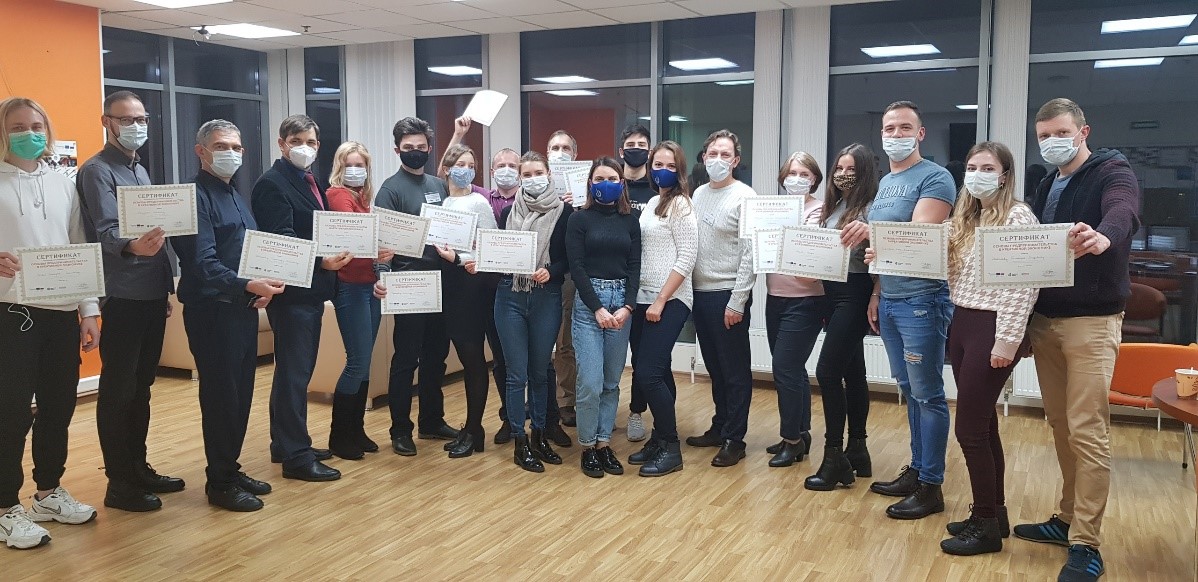
2. Competition
The second step was a competition of creative and innovative projects developed using VR/AR technologies (June 15-August 8, 2021). The competition had two nominations: Best AR project and Best VR project.
The international jury consisted of specialists who evaluated the works according to the following criteria: technical implementation, originality of performance, utility (the possibility of practical application) and internationalisation (whether the product is of interest to the international market).
From June 25 to July 16 2021, an online training course was organised for competitors with no VR skills or specialist equipment. Participants who wished to start their activity in the VR sphere learnt the basics and practised their new skills on the Varwin Education Platform, a platform for creating projects in virtual reality that does not require special skills. At the end of the education process, all interested students could participate in the competition.
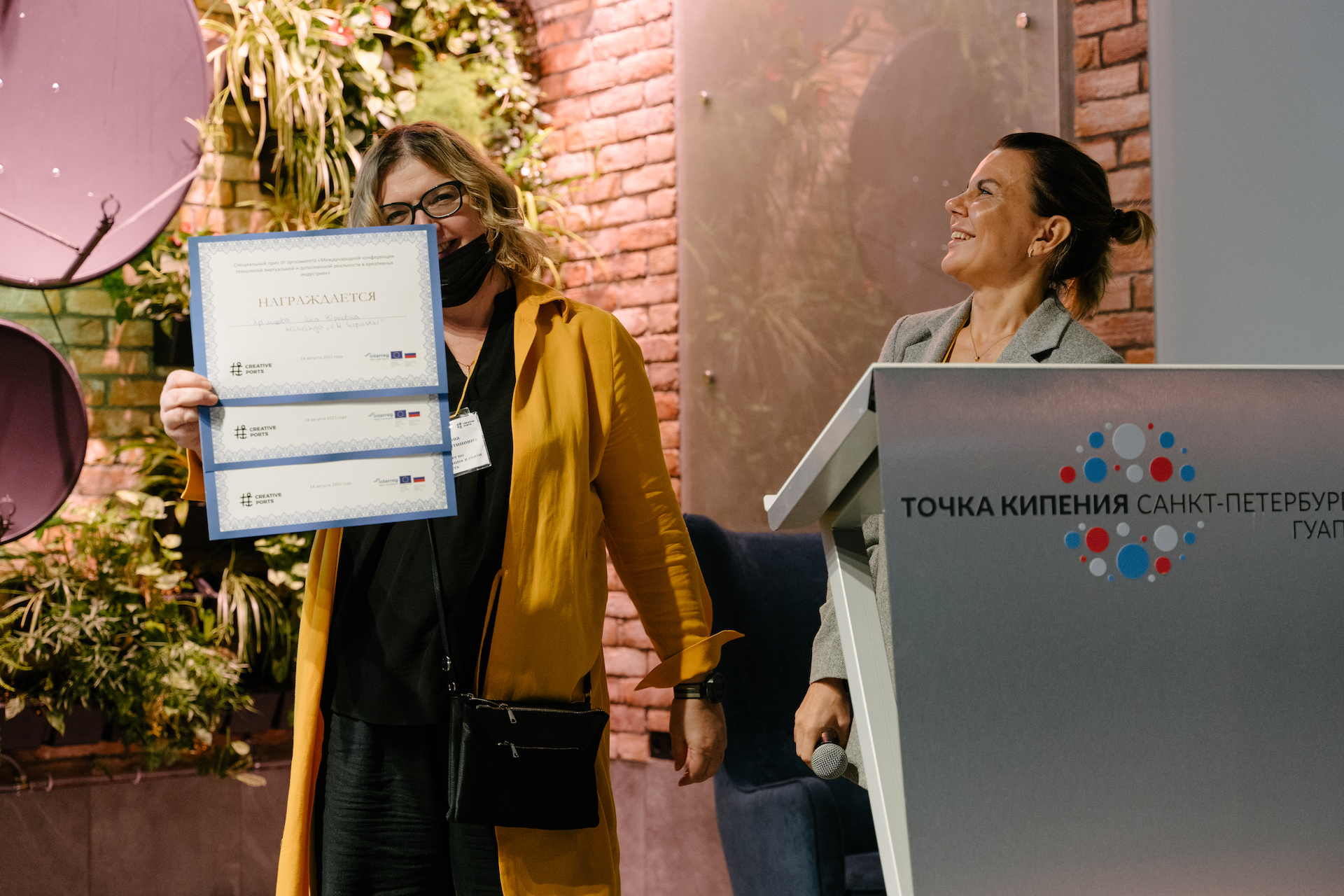
3. International Conference
The final step was the International Conference of Augmented and Virtual Reality Technologies in the Creative Industries, which highlighted virtual and augmented reality technologies and their use in the creative industries.
The conference was held on August 14, 2021, at the creative space, The Boiling Point, St. Petersburg State University of Aerospace Instrumentation. The conference was organised by the Non-Commercial Partnership European-Russian InnoPartnership with support from the Committee on IT and Communications and St. Petersburg State Unitary Enterprise, St. Petersburg Information and Analytical Center. It was the final Internalisation Center event.
The event was held in three parallel sessions and included a separate demonstration zone. VR artists, experimenters and experts from companies including VARWIN, haptic.team, FASTEP, Nomix, Arcona, Piligrim XXI, SketchAR, Super8, New Media Laboratory, as well as representatives of the Far Eastern Federal University, St. Petersburg National Research University of Information Technologies, Mechanics and Optics (ITMO University), State University of Aerospace Instrumentation and Murmansk Arctic State University shared their experience, knowledge, as well as successful examples of the application of innovative technologies in the creative industries.
The participants were very interested in the master class on using virtual and augmented reality to preserve and develop cultural heritage, with Berlin Thomas Bremer and Arie Kai-Brown from Hochschule für Technik und Wirtschaft (HTW) Berlin University of Applied Sciences.
An official awards ceremony for the competition winners was organised within the conference.
The event became a platform for meeting new colleagues in the industry, networking, finding clients and increasing the level of professional knowledge. Each participant was able to immerse in the world of virtual reality. They walked around the virtual city, tried amusement rides, strolled around the 20th century Hermitage with the Russian actor Konstantin Khabensky and played a virtual version of the Soviet blockbuster game "Nu, pogodi!” (Just you wait!). More than 200 online and offline participants attended the event.
In addition to lectures, there was a demonstration zone at the conference. This included stands for virtual reality companies, CBC Programmes’ international projects presentation zone, showcases of game and non-game VR projects and a stand with information on immersive reality and entrepreneurship.
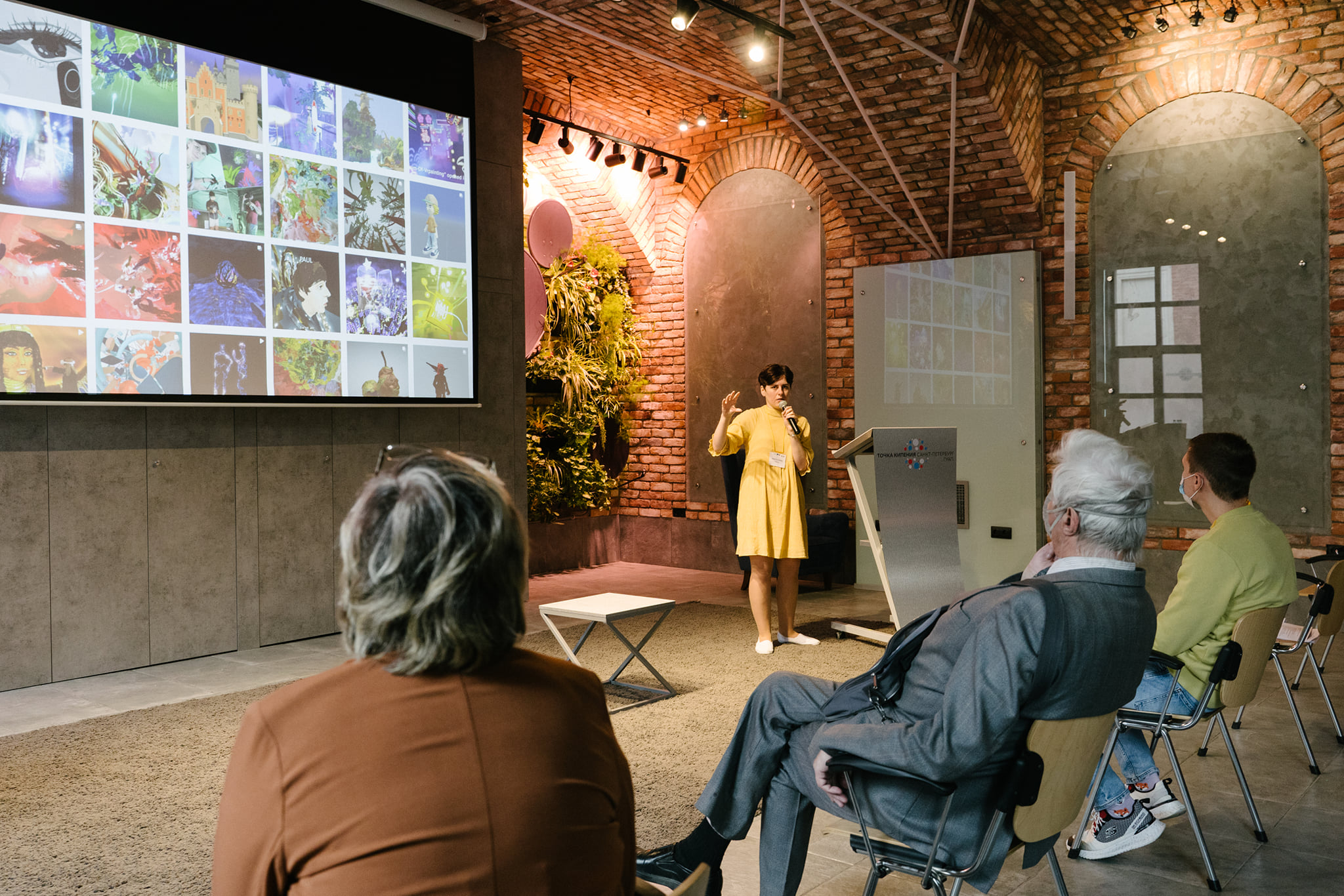
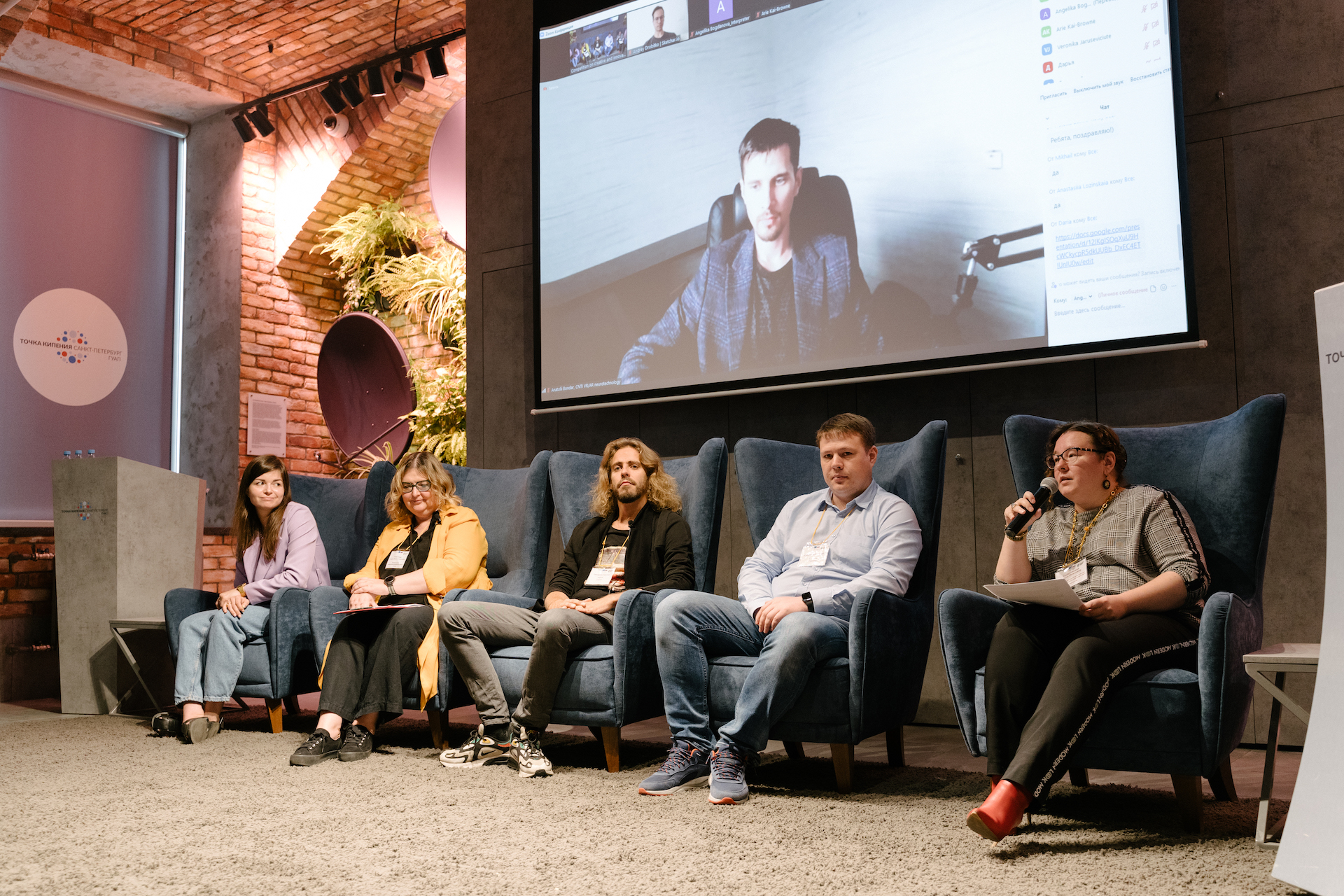
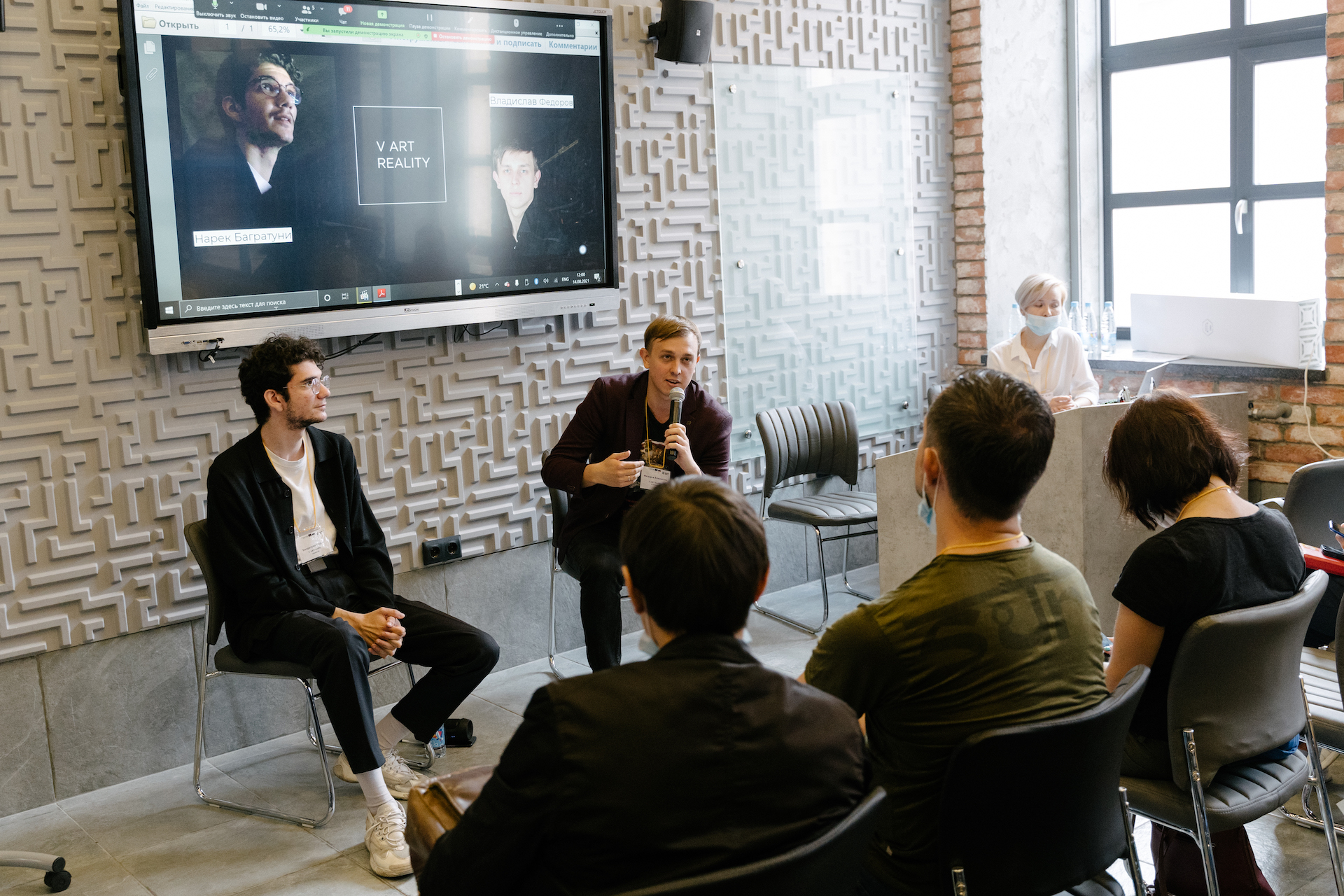
Communication
The events were communicated on partner websites and social media (e.g. Danish Cultural Institute), social media platforms (Facebook, Vkontakte, Instagram, Telegram etc.) and newsletters, including images and programme descriptions. Direct invitations were sent out to relevant stakeholders and potential CCI participants.
A Russian website was developed in order to make the information dissemination and registration process easier https://creativeports.site/
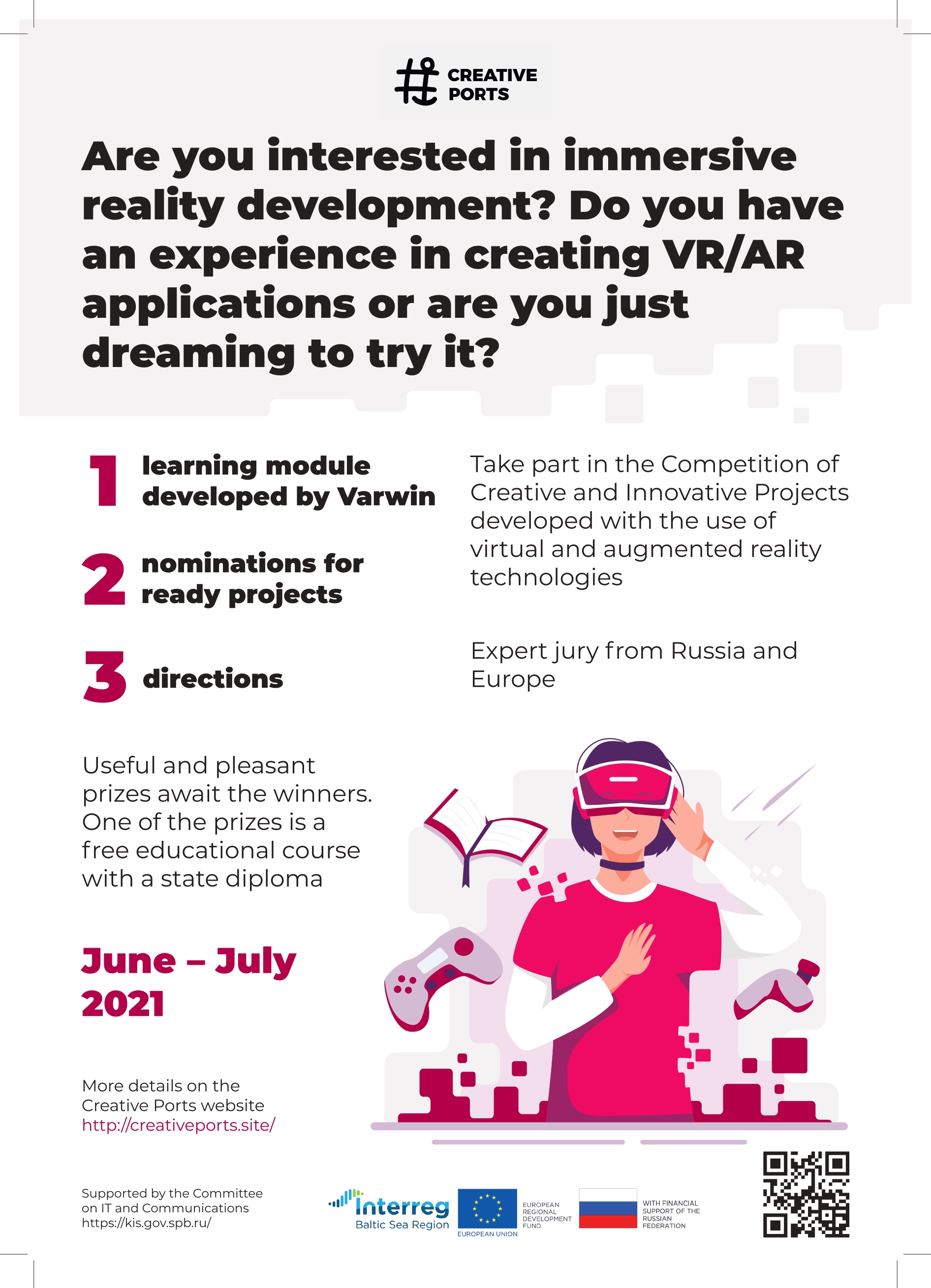
Testimonials from Participants
“Nice VR/AR experience at the International conference of technologies of virtual and augmented reality in the creative industries. Respect to the organisers!”
“How happy I am that the project on which I worked so hard and put my soul into, was appreciated so highly. An incredible feeling of listening to the impressions of my viewers. Thank you.”
“The conference was very interesting and useful. Interesting insights for the development of these technologies and their limitless application.”
“Cool training course! Satisfied with the Varwin platform. I am a teacher and will use it for my work.”
“The 4-days course was very interesting. A first-person story from people who are deeply immersed in practice and understand the theory of the issue. Thanks!”
Lessons Learnt
Teamwork and distribution of duties are important when organising events like this. It is necessary to receive support from relevant public authorities and invite representatives from public authorities to participate as jury members and speakers in the panel discussion.
The pandemic gave the opportunity for a hybrid format and attracted participants from other cities and countries. It is important to remember that such a format is technically more challenging to implement. The event advertisement on social media could attract more interested people to participate. All the technical and administrative issues should be checked at the event premise beforehand.